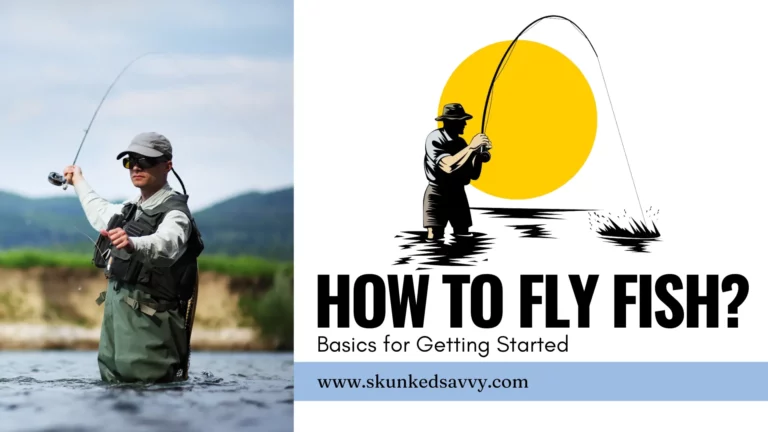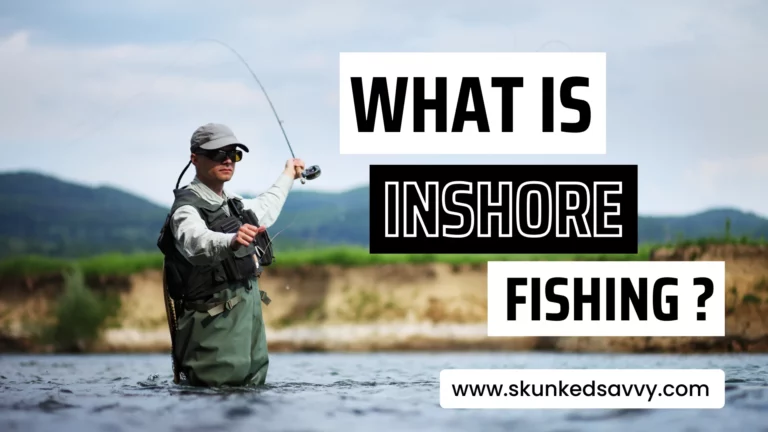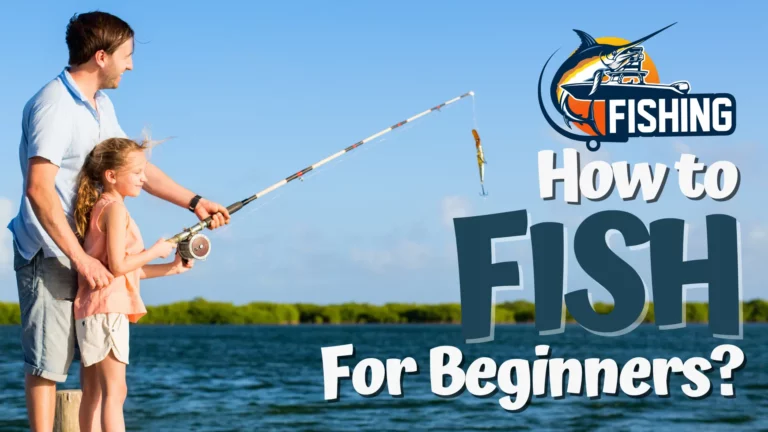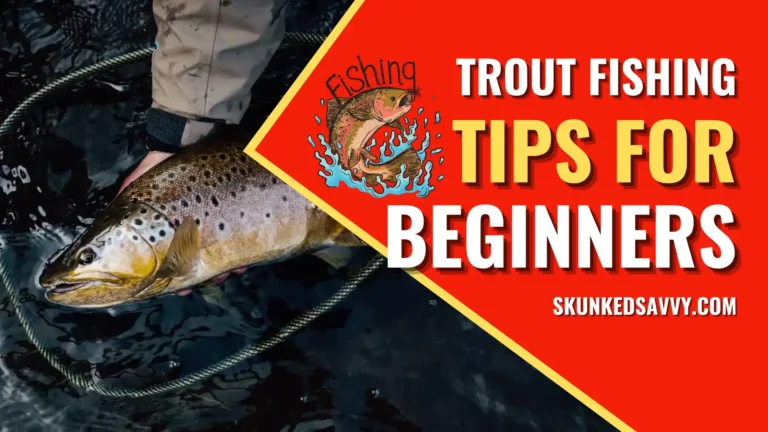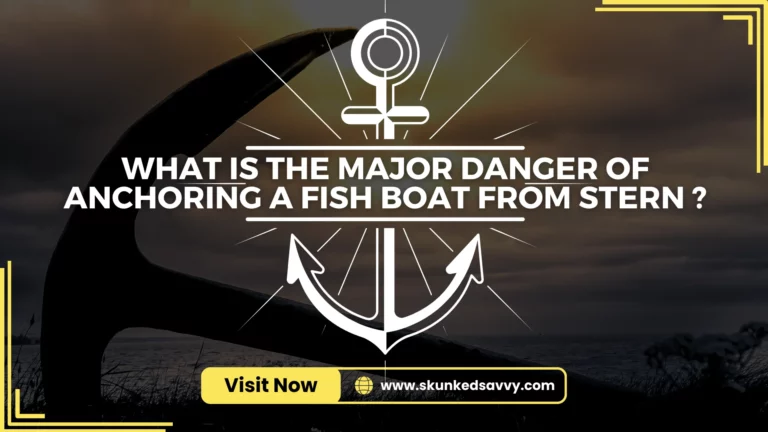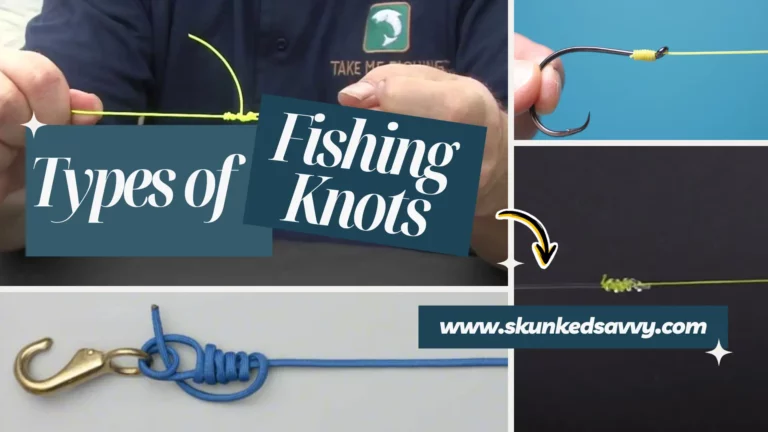Best Tides for Surf Fishing (with Guide to Judge one)
Usually, experts and elders suggest high tides are best for surf fishing, but this tide thing always makes me pull my hair in frustration. If you are also having a hard time surf fishing, maybe it is because of your lack of knowledge about the tides. Don’t worry; we are here to guide you.
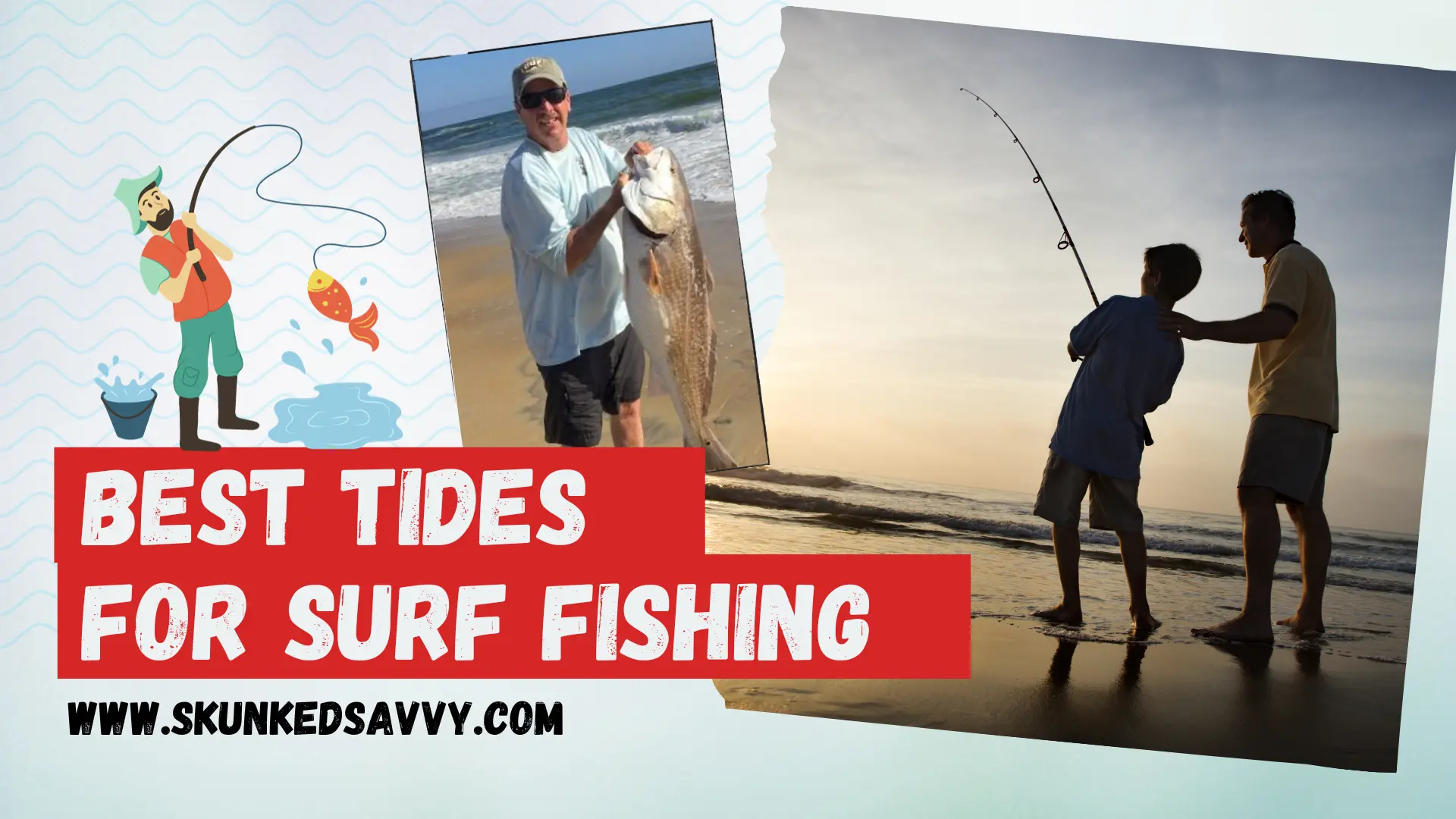
I have 15 years of experience in surf fishing, and I will share my knowledge with you today that helped me improve my surf fishing game. During this time, I learned the relationship of tides, climate, weather conditions, etc., on surf fishing and their effect on fish. Today’s article is a comprehensive guide on the best tides for surf fishing, so continue reading.
Best Tides for Surf Fishing
Important
If you want to catch plenty of fish or maximize your chances of catching a fish while surf fishing, you should pay attention to the tides.
Once you know which tide is best for surf fishing, you will always come home with buckets full of fish. Before we shed light on what are the best tides for surf fishing, I want you to understand what a tide is.
What are Tides?
A tide is an increase and decrease in the sea levels. It mainly happens because of the gravitational pull of the moon and sun to some extent. It happens every 12.5 hours, resulting in two high tides and two low tides in a day.

Knowing what tides are is not enough; you need to understand them in order to catch a good number of fish while surfing. So, let’s move on to which type of tide is best for surf fishing.
High Tides are Best for Surf Fishing and Why?
Important
Weather conditions and location significantly impact what type of tide you will get, so choose your location wisely.
Many anglers prefer high tides over any other tide. I have experienced it myself, and I am listing below all the reasons why everyone is crazy about high tides when it comes to surf fishing.
- The best thing about high tide is that it brings fish closer to the shore, so even if anglers cast their fishing rods close to the shore, they will catch a fish.
- Moreover, during high tides, fish can swim freely near the shore as the water level is high, unlike low tides, which means it also increases the chance of catching fish at the shore.
- Another benefit of surf fishing, while the tides are high, is that prey species and baitfish move closer to the shore with the water flow, and if a predatory fish follows prey species to the shore, your chances of catching them are quite high.
- Furthermore, because of low visibility, fish are less conscious of the trap during high tides. They are more likely to bite your bait, and you catch them.
Pro Tip
High tides are the best tides for surf fishing as they favor the angler in many ways and enhance their chance of catching a fish to many folds.
You won’t usually find fish at the shoreline as they don’t feel safe, but that’s not the case with high tides. Moreover, you don’t have to go deeper to catch fish.
No Surf Fishing in Low Tide?
This question must have crossed your mind if you have read the previously discussed points. Well, it is not like you can not go surf fishing when the tides are low. Rather, you need to be more strategic while surf fishing in low tides.
The water is stable during low tides, which favors surf fishers in one way or another. Here are some tips I use while surf fishing in low tides. I hope you find them helpful, too.
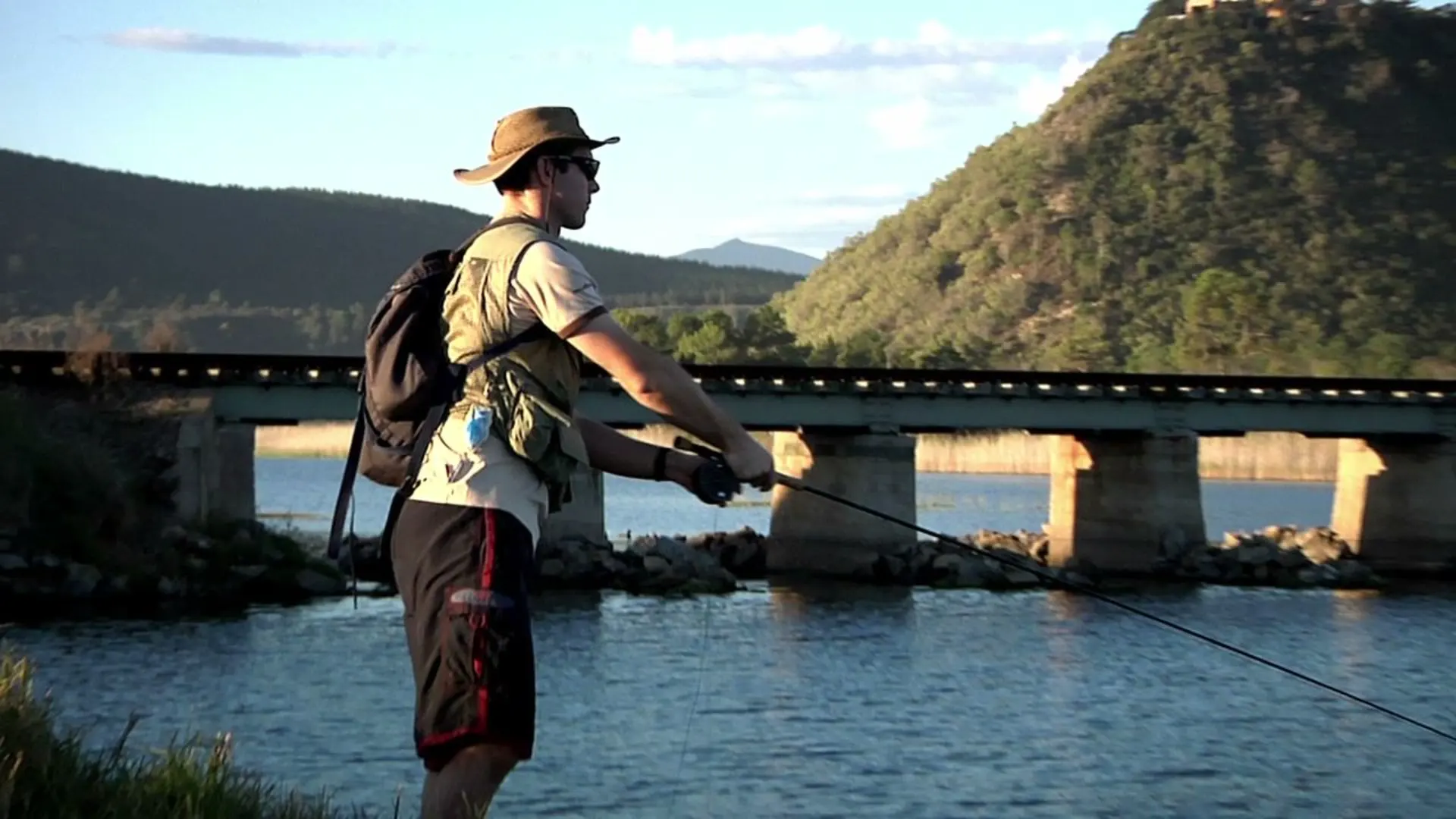
- It is easy to spot a fish in low tide because the water will be either stable or flowing slowly. So you can easily find a fish looking for food near rocks, sandbars, etc. Just set your cast in those areas to catch the fish effortlessly.
- Moreover, you can cast your rod farther into the sea rather than just targeting fish near the seashore. So, during low tide, it is easier to reach a point where more fish feed actively.
- Targeting fish in deeper areas is easier when tides are low.
- Shallow water areas warm up quickly when the tides are low, which attracts many fish and enhances your chances of catching fish near you.
More About Tides
Everyone knows about the high and low tides, but you may encounter rising and falling tides during transition phases. Read ahead to learn more about these tides.
Rising Tide/ Incoming Tide
When water changes its level from low to high, it is known as rising tide. It is considered one of the best times to catch fish while surf fishing.
It is the same as high tide but for a shorter period. Below are a few reasons why it is the best time for surf fishing.
- During rising tide, fish are more active and closer to the shore, which makes them an easy target.
- Moreover, the tide brings baitfish with the flow, attracting predatory fish so that you will get bait naturally with the rising tide.
- Also, with the increased water flow and high water level, fish are visible at the top from a distance, making spotting a fish easier for the caster.
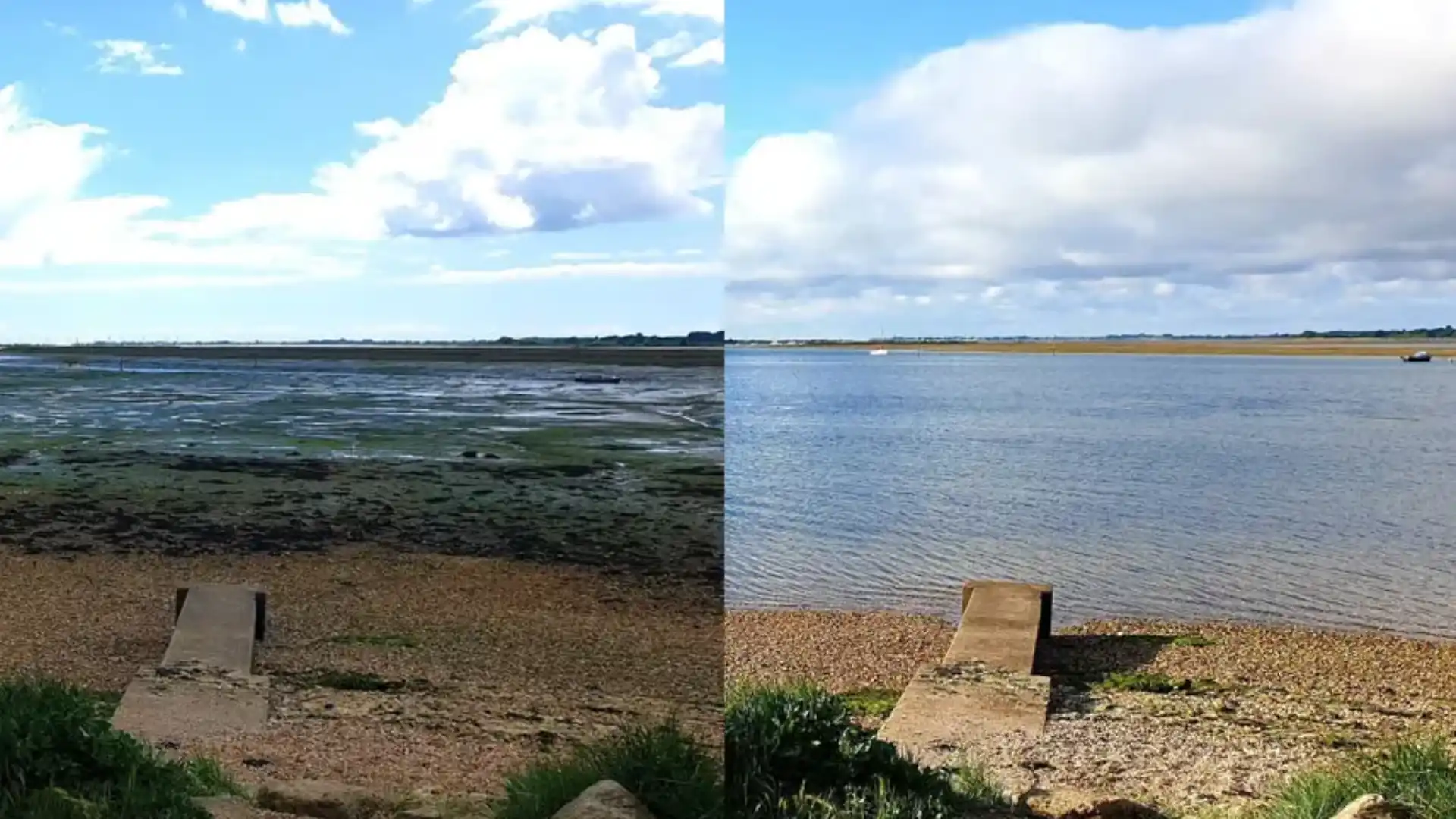
Falling Tide/ Outgoing Tide
A falling tide is when water changes its level from high to low. It is a short-lived low tide that offers excellent opportunities for surf fishing.
- Generally, fish feed more actively when the tide falls. All you need to do is find a good spot and drop your cast.
- Baitfish move toward deeper water as the tide falls, which attracts many predatory fish in the deeper water. During falling tides, target deeper water to catch fish.
- Moreover, outgoing tides bring up clean water, offering better visibility to anglers and fish. So use it well and try to spot fish quickly because small fish will swim away in no time.
- Even more, you can easily target specific underwater features, such as rocks where fish take shelter.
Does Tide Type Affect Fish Behavior?
We have discussed four tide types in this article, and each tide has its perks that benefit the angler in many ways. All they have to do is use this knowledge. The answer is yes for those who want to know if tide type affects fish behavior.
Fish’s behavior changes with the change in water flow and tide. Therefore, it is necessary to understand tides and how they affect fish behavior. I love surf fishing, and I studied a lot about it, so here are a few factors that cause changes in fish behavior if you are surf fishing with tides.
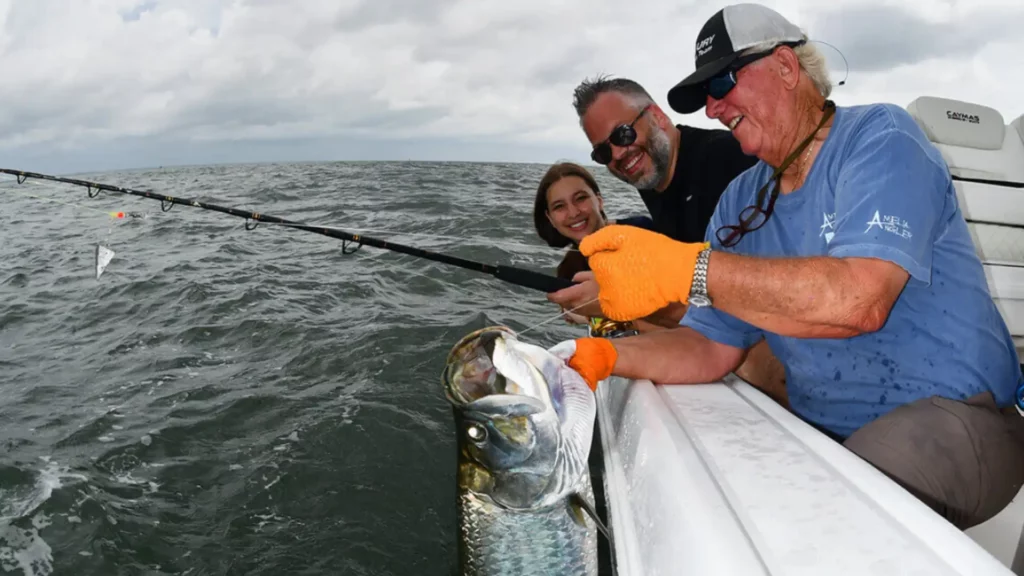
- Feeding
- Comfort
- Spawning
I have noticed several times the fish’s feeding behavior changes with the tide change. Therefore, it is necessary to understand tides and the behavior of fish according to each tide to have a more fulfilling experience while surf fishing.
Also, if you are targeting predatory fish, then go for high tides. High tide brings plenty of predatory fish to the shore that are coming after bait fish to feed themselves. So, it’s easy to target predatory fish when the tides are high.
Don’t forget to check areas with pockets. These are the favorite spots of predatory fish.
Best Times and Tides for Surf Fishing with Tides
Surf fishing is challenging, and you need to plan it strategically to get the most out of it. Understanding tides and knowing what tides favor surf fishing the most is a must if you don’t want to spend long hours struggling with tides and ending up catching not even a single fish. Go through the following tips to understand tides better and plan your surf fishing outings.
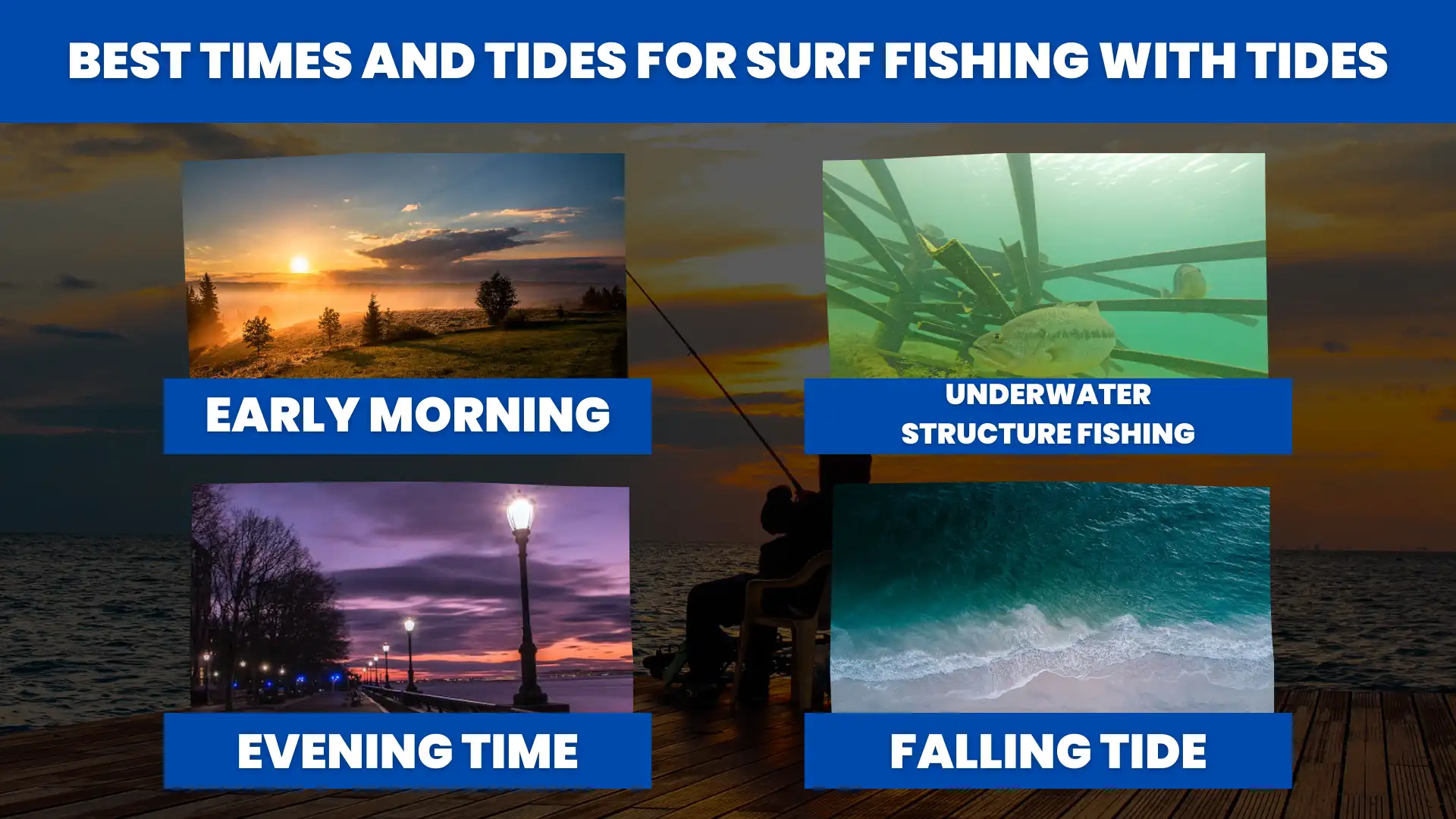
Early Morning
If you are an early bird and enjoy surf fishing in the morning, you must look for a location with high tides. As high tide brings numerous fish to the shore, the active feeding behavior of fish in the morning is a great combo that can result in catching plenty of fish successfully.
Evening Time
Many people avoid surf fishing during the day and wait for the evening time to go for surf fishing. Are you also an evening person? If so, I have good news for you: Surfishing in the evening is more productive than any other time of the day.
Incoming tides are at their peak during evenings, and as I have mentioned earlier, incoming tides favor surf fishing in many ways. The most significant benefit of an incoming tide is that the predator fish become more active as the tide rises and go after prey in shallow water, which enhances your chances of getting a fish hooked to your cast.
Underwater Structure Fishing
Underwater structures and bodies like rocks, sandbars, etc., are the best places for surf fishing. There are high chances of catching a fish here during low tide because some fish seek shelter at these spots, and some look for prey. Either way, you will catch a fish.
Falling Tide
I am good at surf fishing but catch more fish during an outgoing tide than the incoming tide. It is because of the place I go for surf fishing, but whenever you notice a low tide, target areas with strong currents.
You must be wondering why, aren’t you? Well, outgoing tide sweeps baitfish out of the sea for the predatory fish, and whenever I drop my fishing rod at a spot with strong currents during the falling tide, I always catch a big fish. So, if you love to catch big fish, wait for falling tides.
Tips for Successful Surf Fishing
I never found someone who could share some valuable tips and guidelines that are helpful for surf fishing with me, and I struggled a lot in the starting years. But you don’t have to go through the same because I am sharing some tips with you all that helped me be an exceptional surf fisher and catch a bucket full of fish regardless of the tide type.
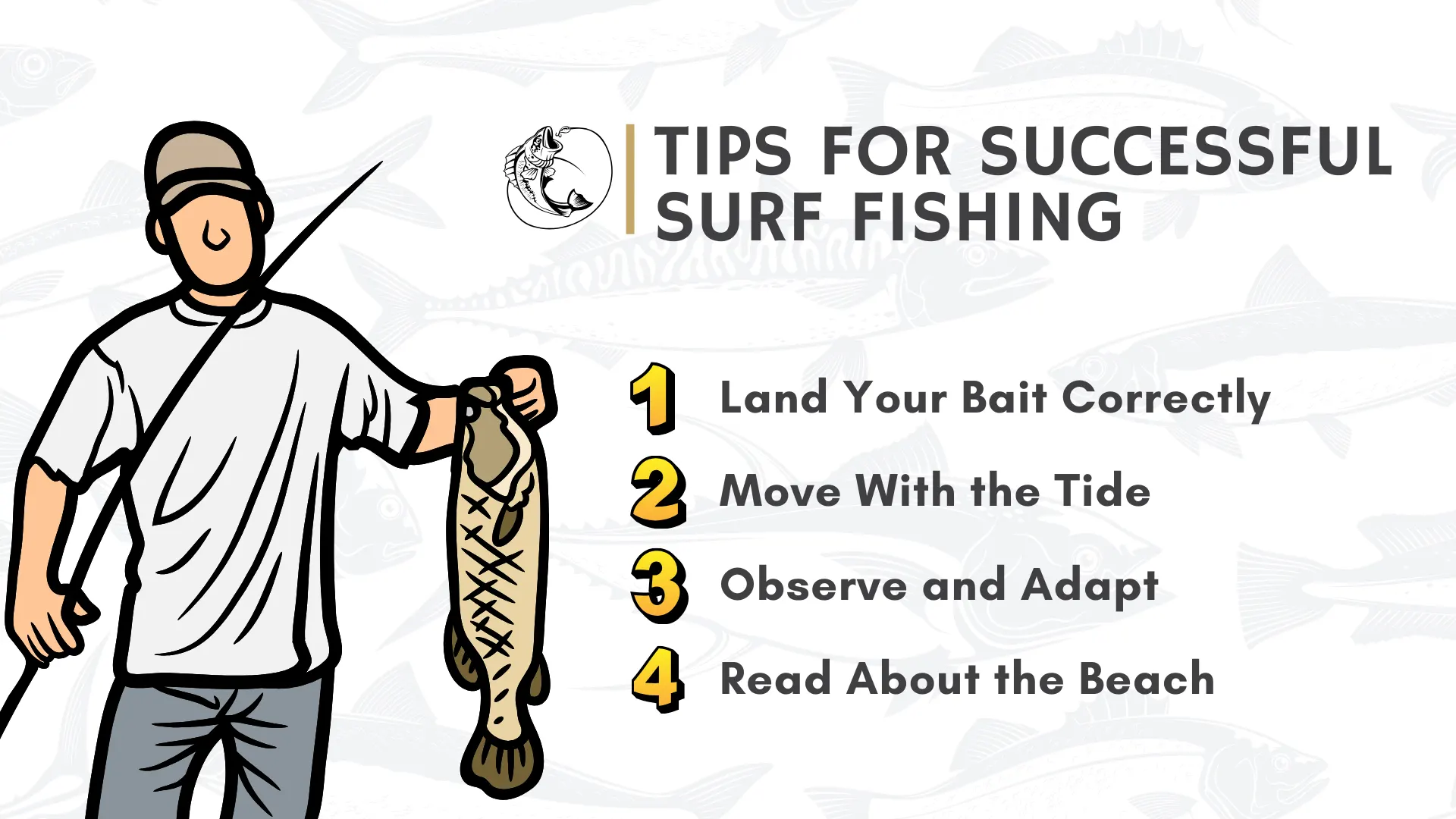
Land Your Bait Correctly
Bait lures the fish to your rod, so make sure you land your bait correctly to make it look tempting for your target fish. Notice the tides; if the tides are outgoing and in case of incoming tide, land your bait in front of the trough and set your bait on a sandbar behind the trough.
Moreover, use a big bait or cut your bait to catch fish in deep water or high tides. But when the tides are low, take a smaller bait and focus on nearby exposed underwater structures to attract fish.
Before you make your surf fishing plan, don’t forget to collect information about your target species. Learn about their favorite bait, lure, rigs, and season of your target species. Surf fishing will be fun only if you go prepared.
Move With the Tide
Learning and understanding tide movement is essential to be good at surf fishing. Water can change its current anytime, and to get the most out of surf fishing, you need to move with the tide. Notice the tide movement as fish move with the tide, and adjust your position and fishing rod according to the tide type if you want to collect plenty of fish.
Observe and Adapt
If you are a keen observer, learning fish behavior won’t be difficult for you. I have come across events where things do not go as planned, and in such times, instead of panicking and being anxious, I stay calm and learn fish behavior that keeps changing with the tide.
Once I understand and figure out the fish activity and feeding behavior, I adapt my fishing strategy accordingly, which has helped me several times improve my chances of successfully catching fish. So don’t just stand with your fishing rod at a place like a statue; instead, watch the fish closely and think of a strategy that will work.
Read About the Beach
Before you grab your stuff and pack bags to enjoy a surf fishing day, don’t forget to learn and read about the beach or location you select for surf fishing. Take time to read about its fish species, weather conditions, favorable seasons, tides, etc. If the location favors your fishing style and has your target species, go for it.
Check the weather report and tide chart before leaving for the surf fishing. I always use mobile apps to check tide charts by entering the location as they are easily accessible and super convenient.
FAQs
What is line weight for surf fishing?
It is essential to equip yourself with the right fishing rod before going for surf fishing. Go for a 9 to 11-foot rod that can handle up to 6-ounce weight.
What tide is best for surf fishing for sharks?
Studies have shown tides significantly impact fish behavior, and each fish, whether a prey or predator fish, behaves differently. In the case of sharks, the best time to catch them is one hour before and after the tide changes.
What is the best bait for surf fishing at the beach?
The best baits for surf fishing at a beach include shrimps, sand fleas, clams, crabs, etc.
Conclusion
Tides can surprise you anytime and play a vital role in making surf fishing productive. So, if you love surf fishing, you must understand tides and how they affect fish behavior, their feeding patterns, and accessibility near the shoreline. In this article, we have provided all the information that could help you in being a successful surf fisher.
Feel free to get help from this comprehensive guide anytime. Don’t forget to consider bonus tips to make your bucket overflow with fish.

